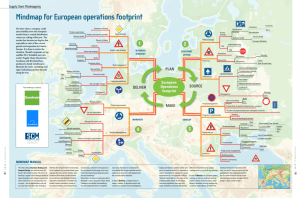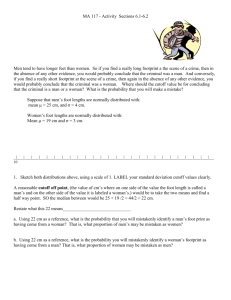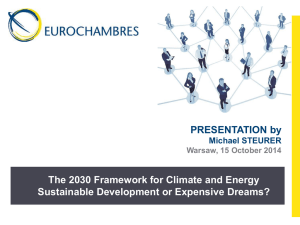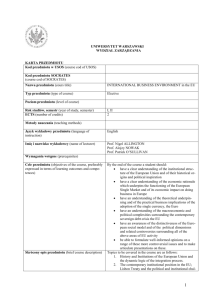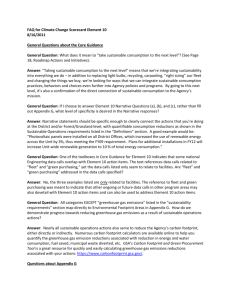Chapter
advertisement
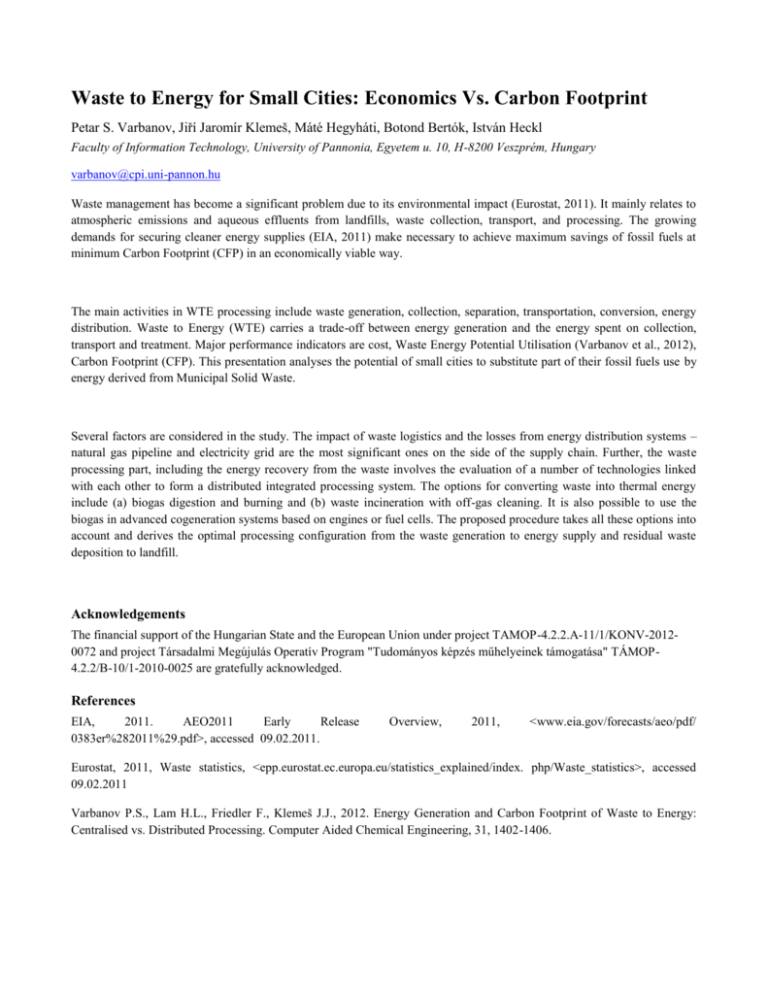
Waste to Energy for Small Cities: Economics Vs. Carbon Footprint Petar S. Varbanov, Jiří Jaromír Klemeš, Máté Hegyháti, Botond Bertók, István Heckl Faculty of Information Technology, University of Pannonia, Egyetem u. 10, H-8200 Veszprém, Hungary varbanov@cpi.uni-pannon.hu Waste management has become a significant problem due to its environmental impact (Eurostat, 2011). It mainly relates to atmospheric emissions and aqueous effluents from landfills, waste collection, transport, and processing. The growing demands for securing cleaner energy supplies (EIA, 2011) make necessary to achieve maximum savings of fossil fuels at minimum Carbon Footprint (CFP) in an economically viable way. The main activities in WTE processing include waste generation, collection, separation, transportation, conversion, energy distribution. Waste to Energy (WTE) carries a trade-off between energy generation and the energy spent on collection, transport and treatment. Major performance indicators are cost, Waste Energy Potential Utilisation (Varbanov et al., 2012), Carbon Footprint (CFP). This presentation analyses the potential of small cities to substitute part of their fossil fuels use by energy derived from Municipal Solid Waste. Several factors are considered in the study. The impact of waste logistics and the losses from energy distribution systems – natural gas pipeline and electricity grid are the most significant ones on the side of the supply chain. Further, the waste processing part, including the energy recovery from the waste involves the evaluation of a number of technologies linked with each other to form a distributed integrated processing system. The options for converting waste into thermal energy include (a) biogas digestion and burning and (b) waste incineration with off-gas cleaning. It is also possible to use the biogas in advanced cogeneration systems based on engines or fuel cells. The proposed procedure takes all these options into account and derives the optimal processing configuration from the waste generation to energy supply and residual waste deposition to landfill. Acknowledgements The financial support of the Hungarian State and the European Union under project TAMOP-4.2.2.A-11/1/KONV-20120072 and project Társadalmi Megújulás Operatív Program "Tudományos képzés műhelyeinek támogatása" TÁMOP4.2.2/B-10/1-2010-0025 are gratefully acknowledged. References EIA, 2011. AEO2011 Early Release 0383er%282011%29.pdf>, accessed 09.02.2011. Overview, 2011, <www.eia.gov/forecasts/aeo/pdf/ Eurostat, 2011, Waste statistics, <epp.eurostat.ec.europa.eu/statistics_explained/index. php/Waste_statistics>, accessed 09.02.2011 Varbanov P.S., Lam H.L., Friedler F., Klemeš J.J., 2012. Energy Generation and Carbon Footprint of Waste to Energy: Centralised vs. Distributed Processing. Computer Aided Chemical Engineering, 31, 1402-1406.




